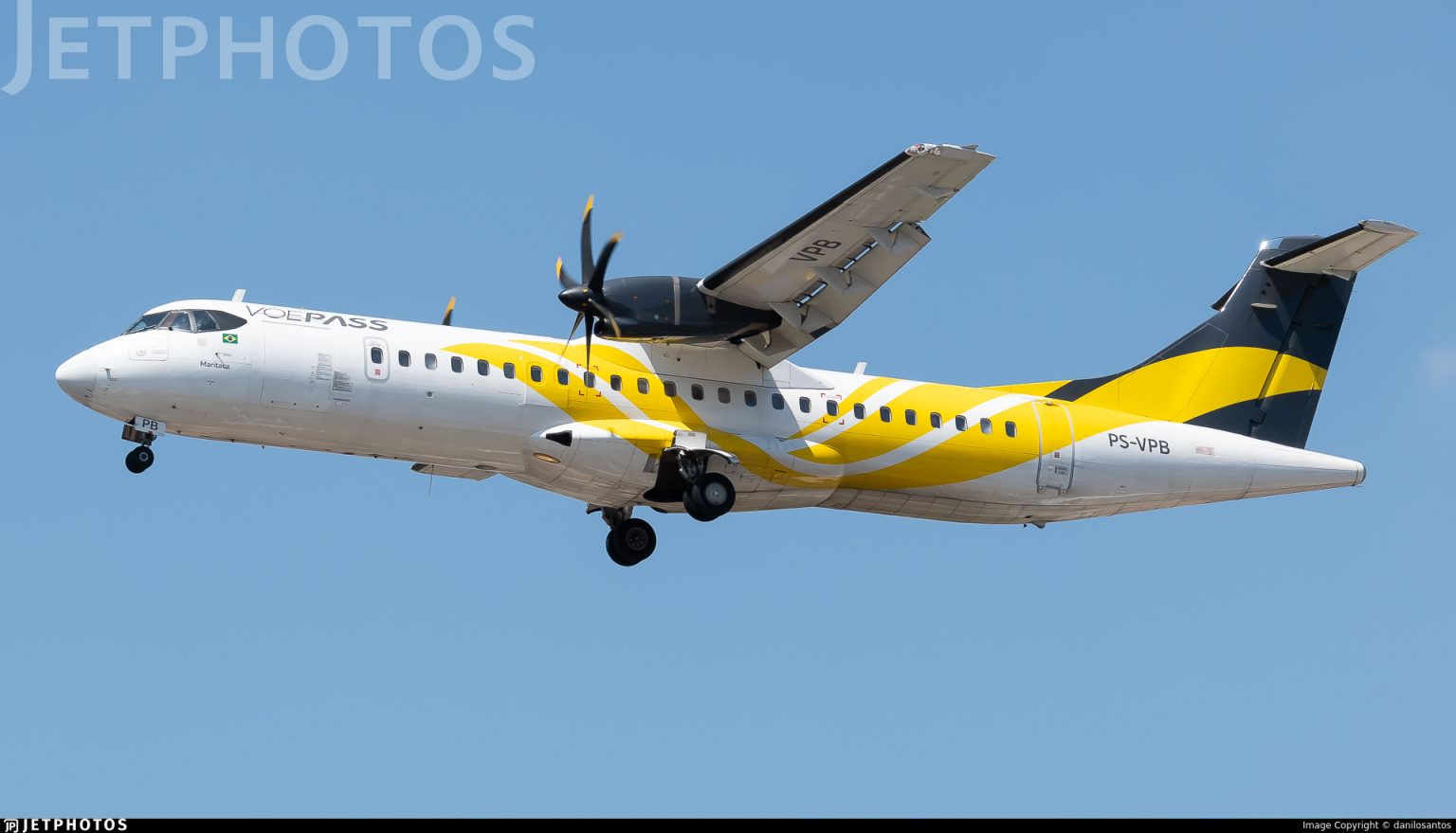The investigation of the accident of the flight Voepass 2283 is still in progress and is lead by the Brazilian CENIPA – Centro de Investigação e Prevenção de Acidentes Aeronáuticos. The investigation did reach a first public milestone with the publication of an intermediary report. Before we dig into it, a few reminders:
- This is a preliminary report and as such, it does not contain any root cause or contributing factors but only information.
- Aviation investigations aim at establishing the facts, understand the reasons behind an accident and learn from it to avoid similar accidents in the future. It is not about attributing “fault” or making somebody “responsible” or “guilty”. Such considerations are for the civil and possibly penal legal investigations.
- And as always, one should not speculate and wait until the final report gets published.
Click here if you want to read the intermediary report Voepass 2283 for yourself.
As always, the report starts with general information about the flight, the route, the crew, the aircraft, and so on. The general information contains the first hint towards icing. The accident has a double classification: icing and loss of control in flight.
If you want to learn more about icing, how it affects aircraft and how pilots deal with it, check our detailed article on icing.
The report then goes through a timeline of actions, showing some icing detection, activation and de-activation of some anti-icing systems. It continues with a deep, technical explanation of the pneumatic system of the ATR-72, which the anti-icing system is a part of. The description includes the various components of the system as well as its intended operation.
The crew got various alerts about icing and also about the aircraft performance being degraded. At the moment of the accident, the flight was flying at FL170 (17’000 feet above mean sea level), crossing through a weather front and such an altitude is quite favourable for icing conditions. Put in a nutshell, icing occurs when flying through small water droplets in clouds that are still liquid despite being at a temperature below zero degrees. When the aircraft touches them, they instantly turn into solid ice.
Aircraft are equipped with icing prevention (anti-icing) and ice removal (de-icing) systems, as well as alarms when ice is detected. The report describes the systems equipping the ATR-72 and how they have been operated by the crew.
An important note about icing is that it occurs when temperature is slightly below zero. If it gets colder, it becomes too cold for icing to occur, and there is obviously no icing when the temperature is above zero. At the time of the accident, the crew was in contact with ATC at Sao Paulo approach and had to maintain flight level 170 for the next two minutes, their descent being limited by another aircraft flying below.
The report makes no mention of the crew reporting icing conditions to ATC or requesting a lower level. The situation developed very rapidly, as shown in this timeline, which is a subpart of the full timeline from the report:
- 16:20:00 – the Second in Command (SIC) commented, “a lot of icing”;
- 16:20:05 – the AIRFRAME DE-ICING was turned on for the third time;
- 16:20:33 – APP-SP cleared the aircraft to fly direct to SANPA position, maintaining FL170, and informed that the descent would be authorized in two minutes;
- 16:20:39 – the crew acknowledged the flight instruction received (last communication performed by the flight crew);
- 16:20:50 – the aircraft started a right turn in order to fly to SANPA position.
- 16:20:57 – during the turn, at a speed of 169 kt., the INCREASE SPEED alert was triggered, in conjunction with a single chime. Immediately afterwards, vibration noise was heard in the aircraft, simultaneously with the activation of the stall alert;
- 16:21:09 – control of the aircraft was lost […]
The rest of the report focuses on a detailed weather analysis and on the fact that one of the two PACKs (Pneumatic Air Cycle Kit) was not working, which had been reported a few days before the accident. But as the report indicates, “A failure or malfunction in one of the Packs was not an impediment for the aircraft to be dispatched for a flight, provided that certain conditions were met, as prescribed in the Minimum Equipment List (MEL)”.
So what can be said after reading this report:
- The crew, aircraft and operation were all all according to legal requirements.
- Voepass 2283 encountered icing conditions at FL170, got warnings about it and were aware of it, as shown by turning the de-icing system on.
- The last clearance received was to maintain FL170 for two minutes, which was read-back and acknowledged in the crew last transmission.
- The crew received alerts from the Aircraft Performance Monitoring system, indicating a loss of airspeed, which is coherent with icing.
- There were no requests by the crew to ATC to descend or change heading, and also no distress or emergency radio-transmission.
One must now wait for the final report to be published, which can take a much longer time. The indication about icing is an important confirmation but there could be other factors at play and this is what the final report will establish. So wait and see…

Leave a Reply